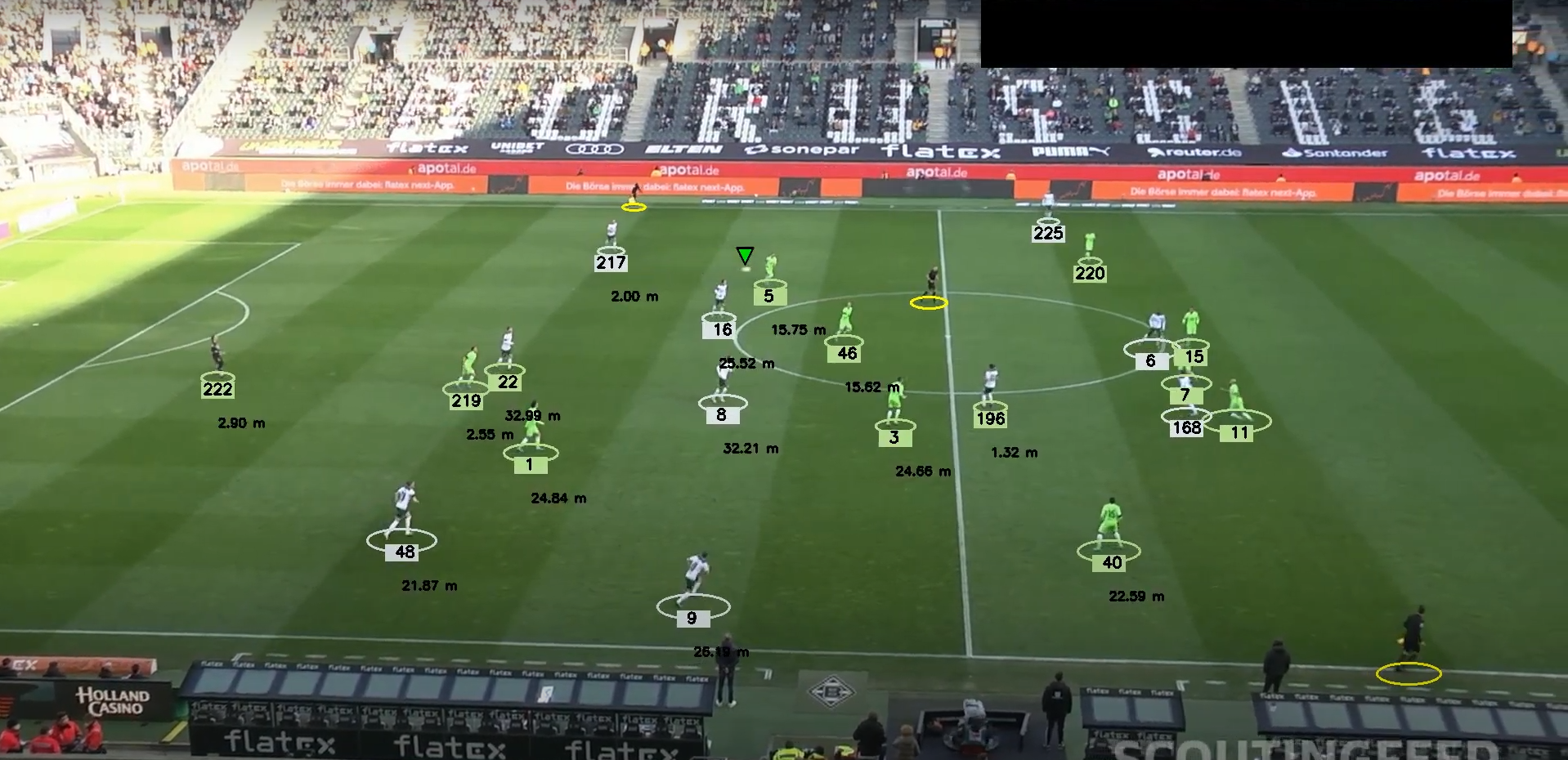Sports Footage Analysis
All major sport teams have always wanted a sports coach’s keen eye and near-perfect memory. This can be embedded in a software system that watches every play, tracks every movement, and extracts meaningful patterns, all in real time. This is what this project sets out to accomplish. Designed for football, the system turns raw game footage into actionable insights for coaches, analysts, and players. It detects and tracks players, the ball, and relevant field markers like lines and goalposts, then computes metrics like player distance covered, speed, possession, heatmaps, and strategic positioning. Far beyond simply recording who’s on the field, this tool transforms video into the kind of deep, data-driven intelligence that can influence game plans, training regimens, and even talent scouting.

The technical architecture underpinning this capability is both modular and powerful. First, the system preprocesses raw footage, aligning frames, calibrating views, and preparing the video for detection. It then employs deep learning object detection to identify players, the ball, and lines. These detections are passed into a tracking module that links objects across frames, creating trajectories over time. From these paths, it computes key metrics, like a player’s total distance run or a ball’s possession time, while overlaying visualizations of movement trails and heatmaps. The results are exportable as CSVs, allowing analysts to combine quantitative data with video playback, making it seamless to correlate critical moments, like a sudden sprint, with tactical decisions. Whether you are measuring how often a striker drops back into midfield or quantifying how possession shifts during a match, the system provides high-resolution visibility into game dynamics.

What makes this project particularly valuable is the bridge it builds between cutting-edge AI and real-world sports analytics. It is not a black-box or prototype, it is a practical, deployable framework. Analysts can use it to automatically generate reports on player performance; coaches can use it to refine strategies; broadcasters can layer live insights during replays. The accuracy of object detection combined with smooth tracking means that patterns emerge clearly, whether highlighting who tended to control the wings, which players made the most high-speed runs, or where formations broke down. By sharing clean, well-structured data alongside visual outputs, the system invites further innovation: one might integrate it with GPS tracking, link it to physiological sensors, or feed its findings into performance dashboards. This project not only brings AI to bear on the complex, fast-moving world of sports, it makes that power usable, transparent, and ready to shape the next generation of athletic performance.
Faculty
-
Dr. Muhammad Moazam FrazDr. Muhammad Moazam Fraz
Students
-
Abdullah Usama
-
Usama Athar
